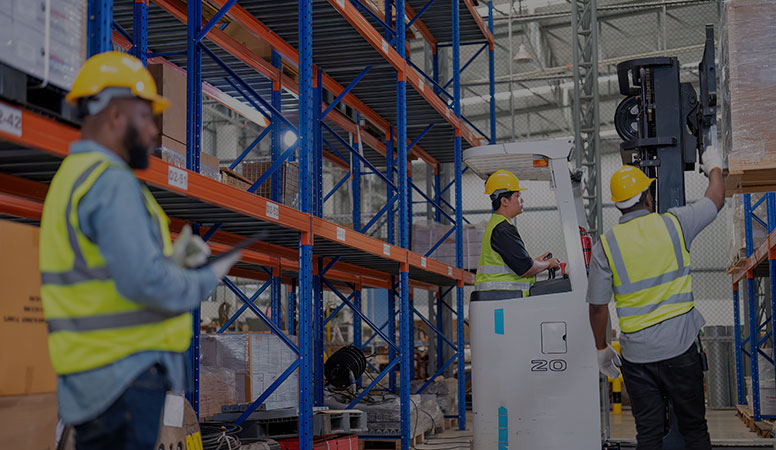A Warehouse Automation System (WAS) is a combination of software, machinery, and control systems that automates warehouse operations such as inventory movement, storage, picking, packing, and shipping. It reduces manual labor, increases accuracy, enhances speed, and optimizes the overall efficiency of warehouse management.
Automation ranges from basic barcode scanning to advanced robotics and AI-driven systems.
Core Components used in Thanya’s WAS
- Mechanized systems (like cranes, shuttles, or carousels) for automatically placing and retrieving inventory from storage.
- Used for high-density, high-volume operations.
- Transport goods automatically between warehouse zones (e.g., receiving, picking, packing).
- Reduces human handling and speeds up material flow.
- Includes Autonomous Mobile Robots (AMRs), Automated Guided Vehicles (AGVs), robotic arms for picking, and palletizing robots.
- Navigate using sensors, AI, and mapping technology.
- Controls and coordinates real-time activity of material handling equipment (e.g., conveyors, AS/RS).
- Acts as the “traffic controller” between hardware and warehouse software.
- A layer that orchestrates tasks between WMS and automation equipment.
- Optimizes work queues and dynamically allocates orders to robots or zones.
- Enable fast identification, tracking, and error-free data capture of products and bins.
- RFID allows contactless scanning over longer distances.
- Uses visual light indicators to guide workers to pick or put away items, reducing search time and increasing accuracy.
- Guides warehouse personnel through tasks using voice commands via headsets, improving speed and safety.
Key Functionalities of Thanya’s WAS
| Function | Description |
|---|---|
| Inventory Management | Real-time tracking of stock levels, locations, and movement within the warehouse. |
| Automated Picking and Packing | Streamlines the process of selecting items and preparing them for shipping. |
| Order Fulfillment Optimization | Prioritizes and batches orders for faster and more accurate delivery. |
| Automated Replenishment | Detects low inventory and triggers restocking activities automatically. |
| Space Optimization | Uses automation and data to maximize storage density and warehouse layout. |
| Performance Monitoring | Tracks metrics like order throughput, robot utilization, and downtime. |
| Labor Management | Reduces dependence on manual labor, reallocates workers to higher-value tasks. |
Types of Thanya’s WAS
| Type | Description |
|---|---|
| Goods-to-Person (GTP) | Robots or systems bring items to human pickers, minimizing walking time. |
| Person-to-Goods (PTG) | Humans retrieve items themselves using assistance tools like RF scanners. |
| Partial Automation | Select processes (e.g., picking, sorting) are automated. |
| Full Automation | Most warehouse functions are automated, requiring minimal human oversight. |
Benefits of Thanya’s WAS
Increased Efficiency
Processes are faster, more consistent, and less error-prone.
Higher Accuracy
Reduces human errors in picking, packing, and shipping.
Cost Savings
Cuts labor costs and reduces waste through optimized workflows.
Scalability
Easily adapts to increased demand (e.g., seasonal peaks).
Space Utilization
Maximizes vertical and horizontal warehouse space.
Improved Safety
Reduces workplace injuries from repetitive or hazardous tasks.
24/7 Operations
Supports continuous, around-the-clock operations with minimal downtime.

